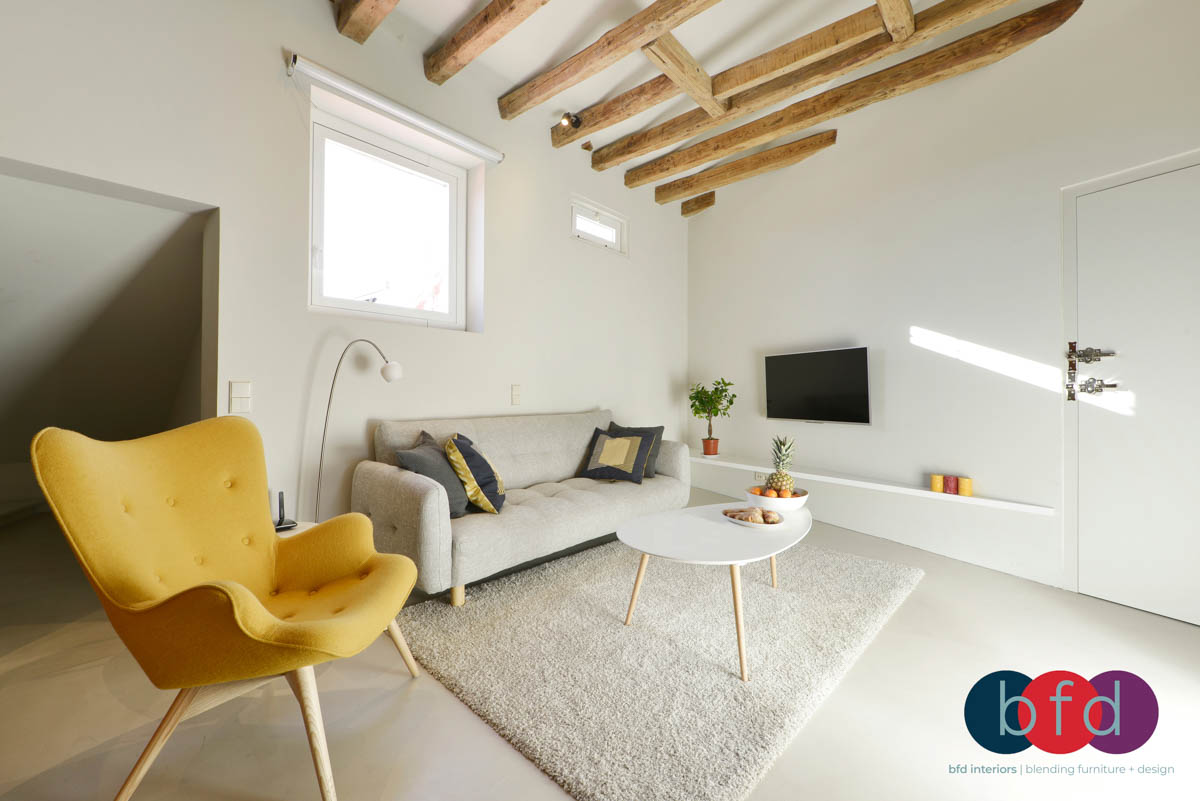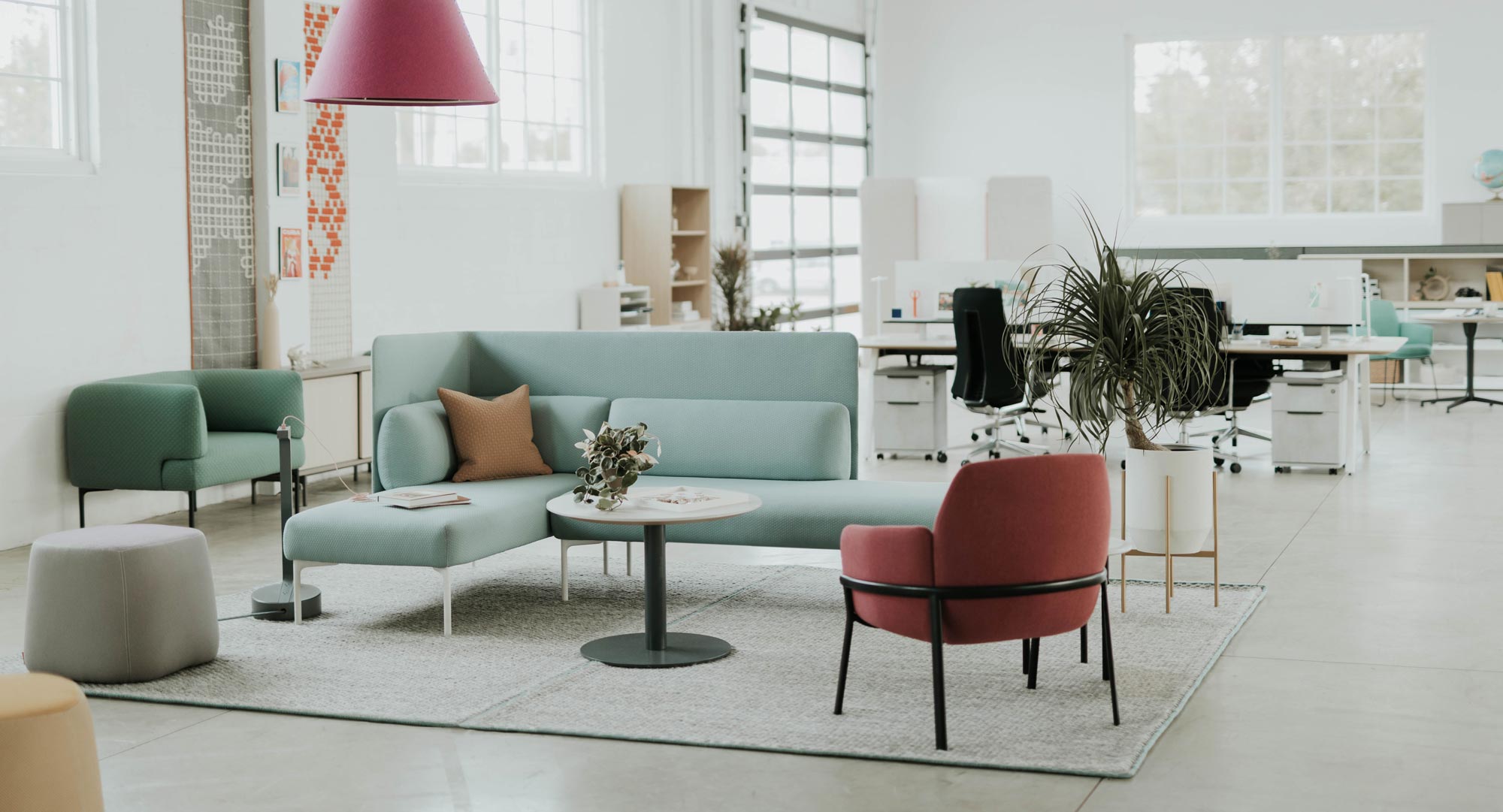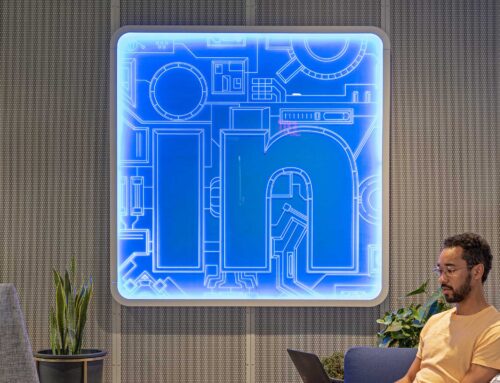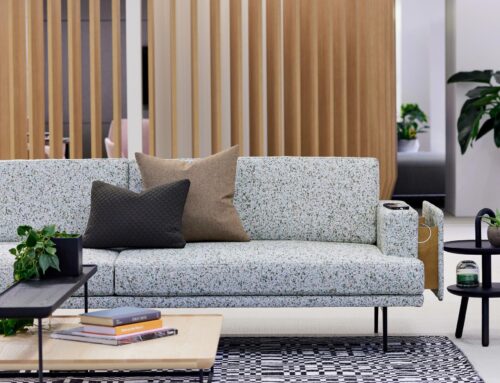“One major part of successfully running many types of businesses is furniture.”
Here at bfd, we understand that running your own business can be both immensely rewarding and seriously tiring at the same time. From hiring talent to perfecting your product, your task list is endless! Our passion is helping businesses like yours become a #bfd (big fabulous deal). One major part of successfully running many types of businesses is furniture.
Creating a workspace that is a pleasant and practical environment is no easy task. First, when planning your interior design, you must decide which type of furniture better fits your space—residential or commercial. We’ll give you a hint… You want to go the commercial furniture route. If you are curious as to why, read about it here: [link to our why you should choose commercial furniture blog]. The good news is that there is a trending term and style in the world of commercial furniture called precommercial. So, you get the feel of residential with the quality and assurance of commercial. Truly the best of both worlds! Our company specializes in designs with quality commercial furniture, which is more suited for the typical business that needs space for employees or visitors. Read along to discover the difference between residential and commercial furniture and interior design.

Residential furniture
This type of furniture creates functional and aesthetically pleasing living spaces. Residential furniture is primarily used to design homes, apartments, spas, long-term facilities, and other “living spaces.” The goal of residential design is to create a personalized and comfortable environment that reflects the owner’s taste and preferences. Think warm, inviting, relaxing, and comforting—anything you’d want to have in your dream home, whether it’s a charming mahogany dining table, a gorgeous silken couch, or a hot pink coffee table! Businesses that employ residential furniture often receive less public exposure, and they are intended to make the customer feel like they’re at home. For instance, a nursing home may decorate resident rooms with comfortable couches and beds, or a furnished apartment may use residential-grade furniture to add flourishes to the space. Residential furniture is made to emphasize individuality and personalization, allowing for the owner’s unique style to shine through. Materials, colors, and finishes can be chosen from a wide palate to accommodate any preferences the customer may have, and oftentimes designers incorporate sentimental objects to make the space feel more comfortable and emotionally resonant.

Residential design also measures space utilization to make the most of the real estate—how can the space be arranged to best personalize every square foot? With residential design, space occupancy is designed to create the most comfortable and aesthetically pleasing experience for the homeowner at hand.
Something else worth noting is that residential furniture often comes at a lower price point than commercial furniture. Because it does not need to abide by any specific coding, the quality of the product is often less durable, but more inexpensive, when compared to commercial furniture. As opposed to being designed for heavy use, residential furniture prioritizes comfort and building a relationship between the space and the owner. However, that does mean it tends to lack quality and longevity when compared to commercial furniture.
Commercial furniture

In contrast, commercial furniture and interior design support high-traffic workspaces. Restaurants, doctor’s offices, hotels, and classrooms are just a few examples of spaces that might be better suited to use commercial furniture in their design. Commercial design offers practicality, efficiency, and durability. The furniture creates a work environment conducive to productivity or customer satisfaction, depending on the specific purpose of the space.
practicality
Commercial furniture is often constructed with more neutral colors and designs, so as to outlast any short-winded trends. In other cases, commercial interior design orients around a logo or color scheme affiliated with the business at hand. This optimizes the company branding, as opposed to prioritizing the personalized, homey aesthetics of residential furniture.


efficiency
Space utilization metrics are often used to maximize the efficiency of these commercial spaces. Though visual appeal is still important, it takes a backseat to practical considerations, such as furniture arrangements being optimized for traffic flow and space usage.
durability
In the United States, regulations and codes play a significant role in commercial design. Building and safety codes dictate certain requirements for public spaces, such as accessibility, fire safety, and emergency exits. Designers must navigate these regulations while ensuring the space remains visually aligned with the brand identity of the business or establishment.


Though there can be some overlap between residential and commercial furniture and design, for the most part, each has its own unique considerations and target audiences. Residential design prioritizes personalization, comfort, and individual style, aiming to create a warm and inviting atmosphere for owners. On the other side of the coin, commercial design focuses on space planning, functionality, durability, and compliance with safety regulations to meet the needs of a larger audience, often in public spaces. Really, when it comes down to the difference think individual vs. a group. Typically, residential interior design is specific to a person or family whereas commercial furniture is specific to a company, entity, brand, and a large group of people, whether they’re employees or customers.






